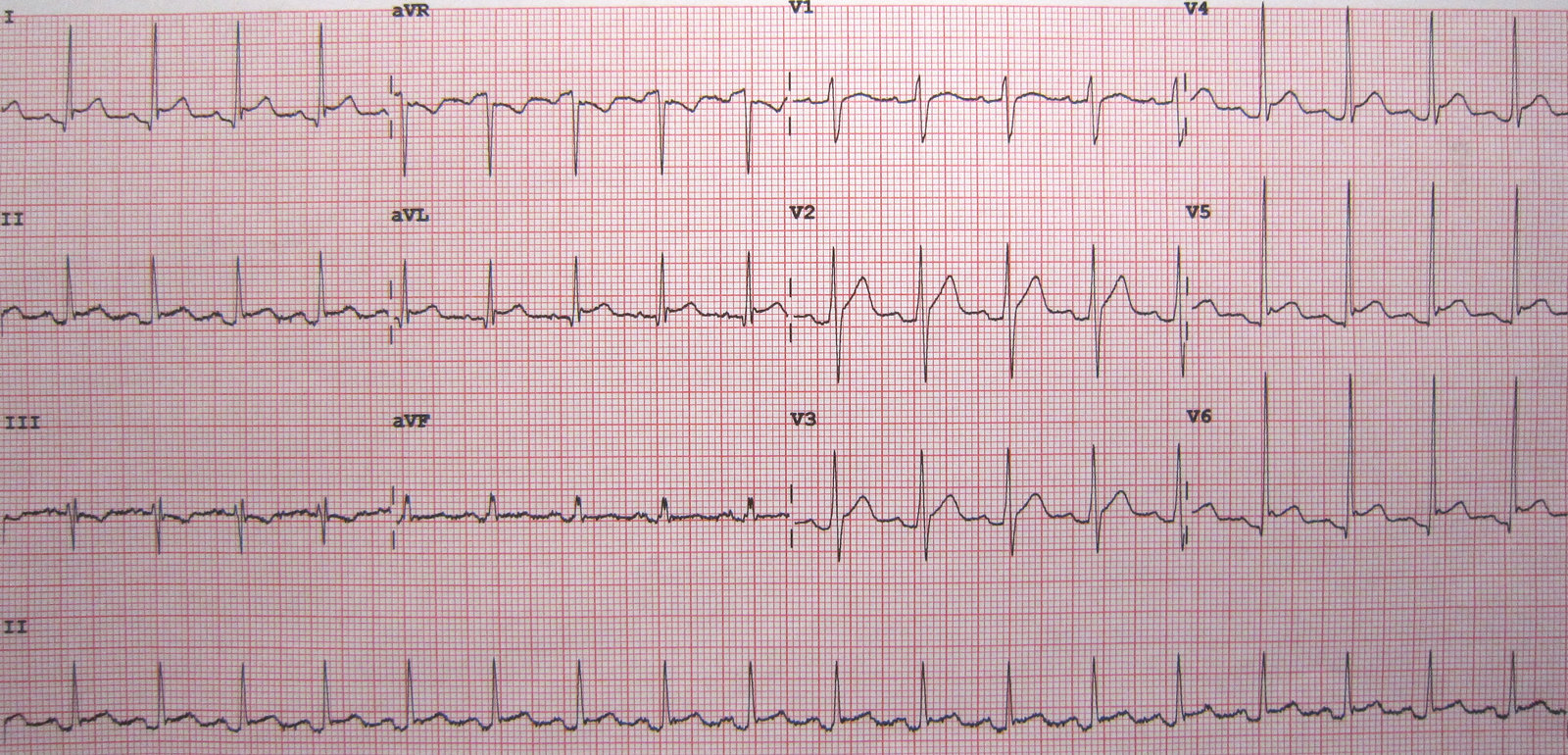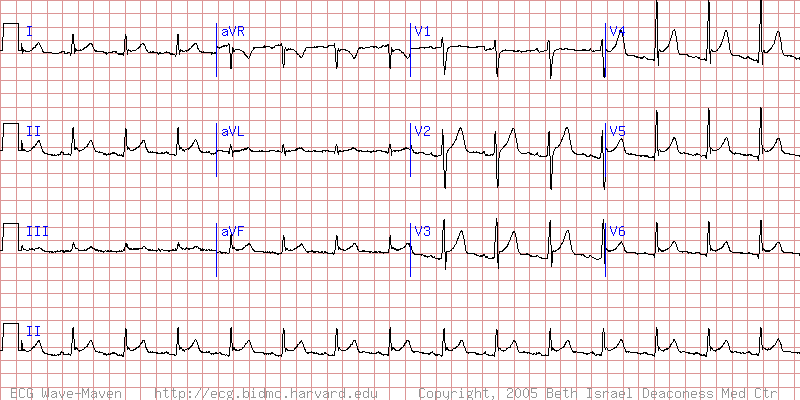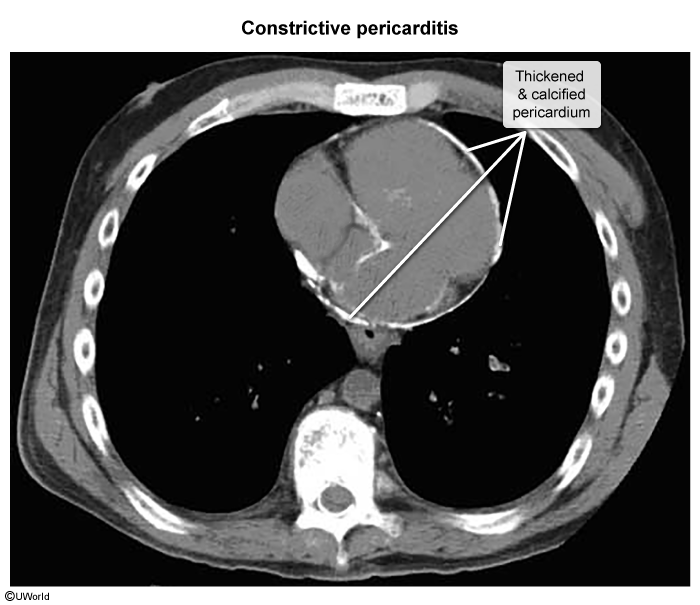Etiology
- Idiopathic
- Infectious
- Most commonly viral (e.g., coxsackie B virus)
- Bacterial (e.g., Staphylococcus spp., Streptococcus spp., or M. tuberculosis)
- Myocardial infarction
- Postinfarction fibrinous pericarditis: within 1–3 days as an immediate reaction
- Dressler syndrome: weeks to months after an acute myocardial infarction
- Postoperative (postpericardiotomy syndrome): due to blunt or sharp trauma to the pericardium
- Uremia: e.g., due to acute or chronic renal failure
- Accumulated toxins promote inflammation.
- Radiation
- Exudative pericarditis: develops acutely during or after radiation therapy
- Constrictive pericarditis: develops several years after radiation therapy
- Neoplasms (e.g., Hodgkin lymphoma)
- Autoimmune connective tissue diseases (e.g., rheumatoid arthritis, SLE, scleroderma)
- Trauma
Classifications
- Serous Pericarditis
- Viral infection (Coxsackievirus, echovirus, adenovirus)
- Uremia
- TB pericarditis (early stage)
- Rheumatic fever
- Malignancy involvement
- SLE, Rheumatoid arthritis
- Fibrous or Fibrinous Pericarditis
- Most common pericarditis
- MI (Dressler syndrome)
- Rheumatic fever
- Uremia
- TB pericarditis
- Malignancy involvement
- Pericardial surface covered by shaggy, fibrinous exudate
- “Bread and Butter” appearance
- Purulent (Suppurative) Pericarditis
- Pyogenic bacteria (Staphylococci, Streptococci, Pneumococci)
- Direct extension / hematogenous or lymphatic spread / direct implant
- Severe acute infection
- Pericardial surface covered by purulent exudate and infiltrated by neutrophils
- Hemorrhagic Pericarditis
- Malignancy involvement
- TB pericarditis
- Severe acute infection
- Admixture of inflammatory effusion with blood
Clinical features
Acute pericarditis
- Pleuritic chest pain (↓ when sitting up) ± fever
- Pericardial friction rub
- ECG: diffuse ST-segment elevation
- Pericardial effusion on echocardiogram
Chronic pericarditis
Constrictive pericarditis
- Symptoms of fluid overload (i.e., backward failure)
- Jugular vein distention, ↑ jugular venous pressure
- Won’t seen in cirrhosis
- Jugular vein distention, ↑ jugular venous pressure
Diagnostics
Acute pericarditis
ECG features of pericarditis
Not all patients go through all stages and manifestations may vary. In particular, pericarditis due to uremia may not involve characteristic ECG changes. Stage 1: diffuse ST elevations, ST depression in aVR and V1, PR segment depression Stage 2: ST segment normalizes in ∼ 1 week. Stage 3: inverted T waves Stage 4: ECG returns to normal baseline (as prior to onset of pericarditis) after weeks to months.
In contrast to myocardial infarction, pericarditis is characterized by a diffuse distribution of ST elevations on ECG.See also “Differential diagnoses of ST elevations on ECG.”


Chronic pericarditis
- Imaging
- CT and cardiac MRI
- Pericardial thickening > 2 mm
- Calcifications

- CT and cardiac MRI